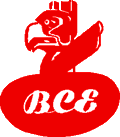 |  Plymouth Works |
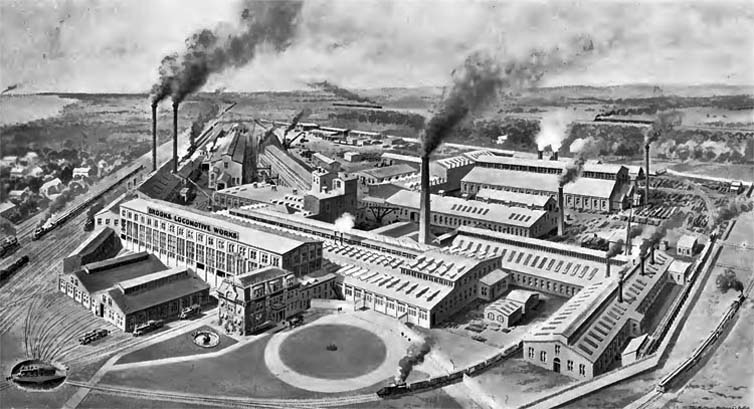
Plymouth Locomotive Works was an American builder of small industrial railroad locomotives.
All Plymouth locomotives were built in a plant at Plymouth, Ohio, until 1997 when the company was purchased by Ohio Locomotive Crane and production moved to Bucyrus, Ohio, in 1999.
Plymouth locomotives were first built in 1910 by the J.D. Fate Company, which became Fate-Root-Heath in 1919.

Of the many models produced by Plymouth the AL-1 Model weighed 3 Tons furnished with a 23 horsepower Continental engine.
A total of 1,022 AL models were built until 1936.
At one time the Jordan River railway operated at least one of this type.
These Plymouth's had a friction drive transmission made up of 2 parts.

A metal disc and a fibre-rimmed wheel which took the place of a clutch and transmission.
A lever would be pulled bringing the metal disc in contact with the fibre-rimmed wheel.
The power would then be transferred via chain to two driving axles.
The concept was very popular due to the fact that the locomotive could start under a heavy load without a sudden jerk.
The speed was vairable with no changing of gears required.
It was claimed it could climb steeper grades than any other locomotive.
All early Plymouth locomotives used this drive scheme.
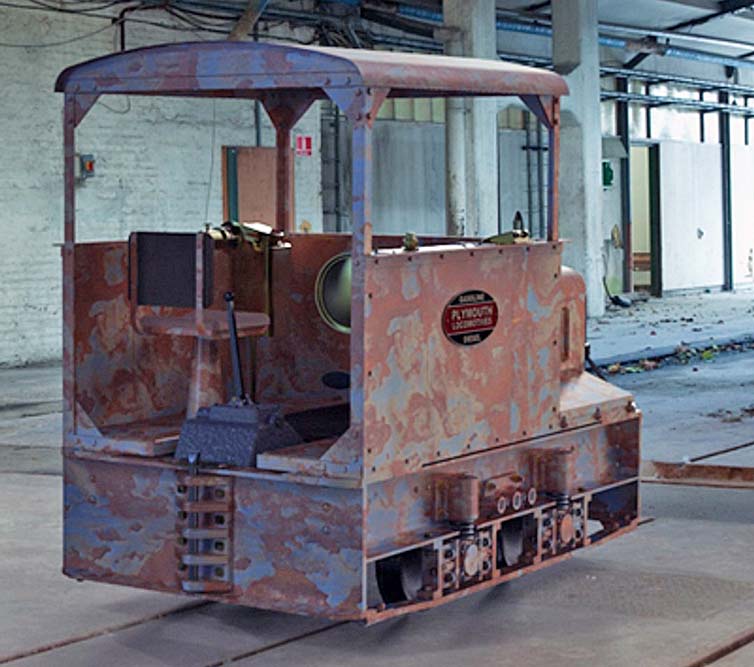
The J.D. Fate patent application filed in 1917 shows the engine driving a clutch and a continuously variable transmission that allowed varying the speed through zero to reversing the locomotive.
The output of the transmission drove a transverse jackshaft through a chain drive, with additional drive chains to the two driving axles.
The Fate-Root-Heath patent application filed in 1925 shows a far more conventional 4 speed transmission and reverse gears driving the jackshaft and final chain drive to the 2 driving axles.
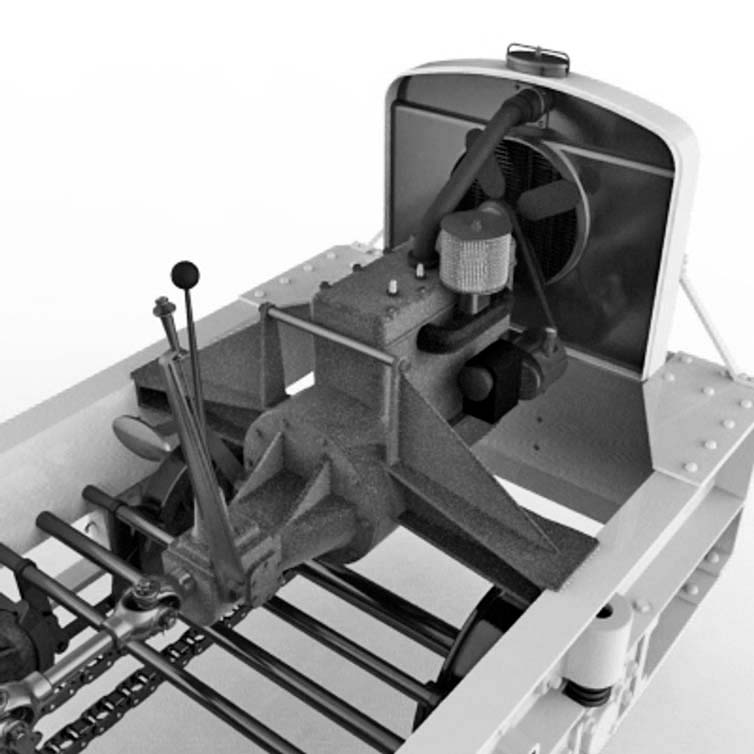
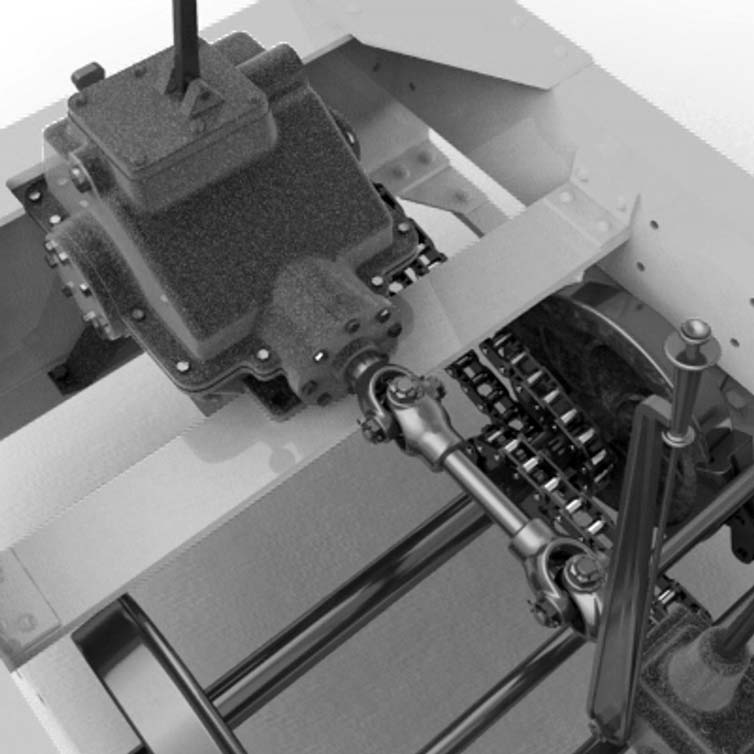
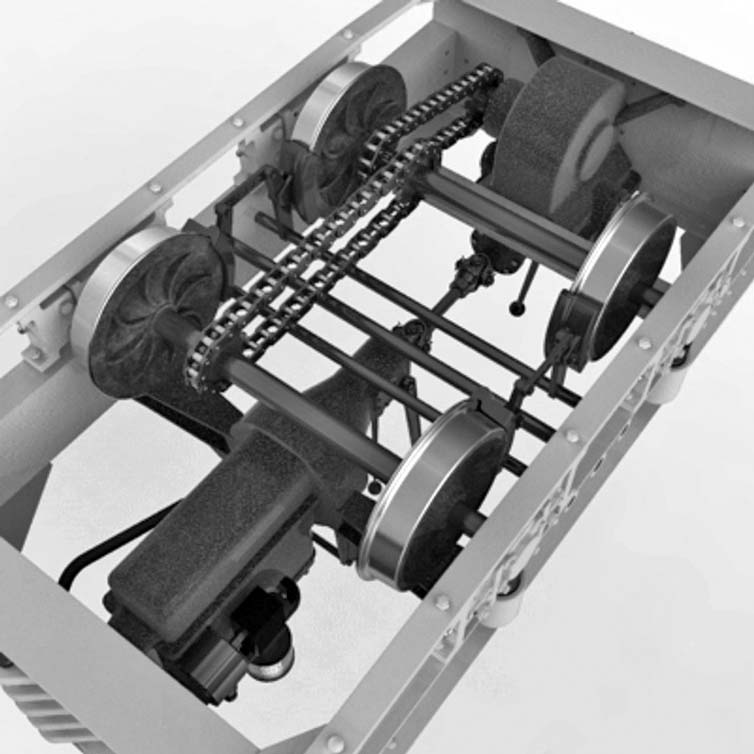
All early Plymouth locomotives were powered by a gasoline burning internal combustion engines, but in 1927 the first diesel was produced.
The company changed its name to match its locomotive plant in the late 1950s, becoming Plymouth Locomotive Works, changing again to Plymouth Industries in the late 1970s.
Early Plymouth gasoline powered locomotives were built with Chrysler engines. (Chrysler's Plymouth automotive branding was unrelated.)
Production of Plymouth locomotives ceased in 1999 with the rights to their spare parts business sold to Williams Distribution - Wikipedia.
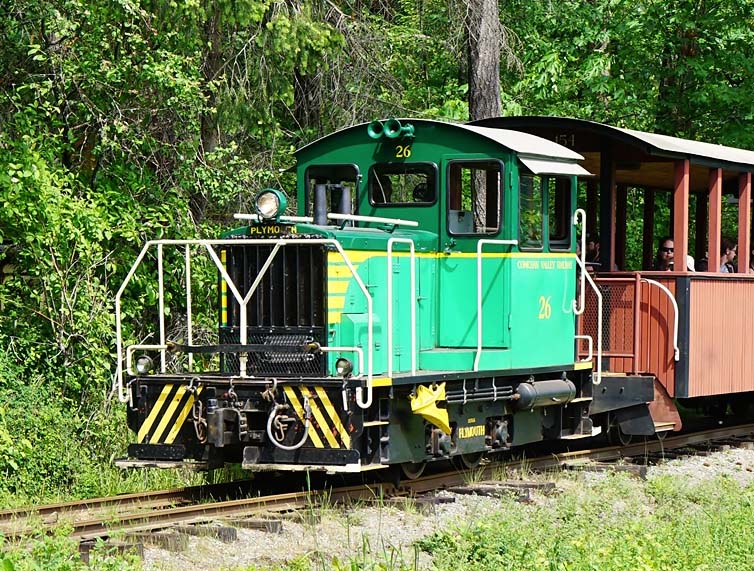
This Plymouth 3 foot gauge model TL-2 of 10 tons was built in 1928 with a 4 cylinder Hercules diesel engine.
The British Columbia Electric Railway Company acquired it about 1940 for use on the Jordan River rail line.
Around 1970, when the Jordan River line, now BC Hydro, was going out of use it must have been sold to Nelson Machinery Company of North Vancouver as it was purchased from them with funds donated by the late Timothy Eaton of Eatons Canada in November of 1970 for use at the BC Forest Discovery Center.
It was converted to a Buick 340 cubic inch V-8 gasoline engine by the BC Forest Discovery Center sometime after 1970 when they acquired it and is now in operation.
